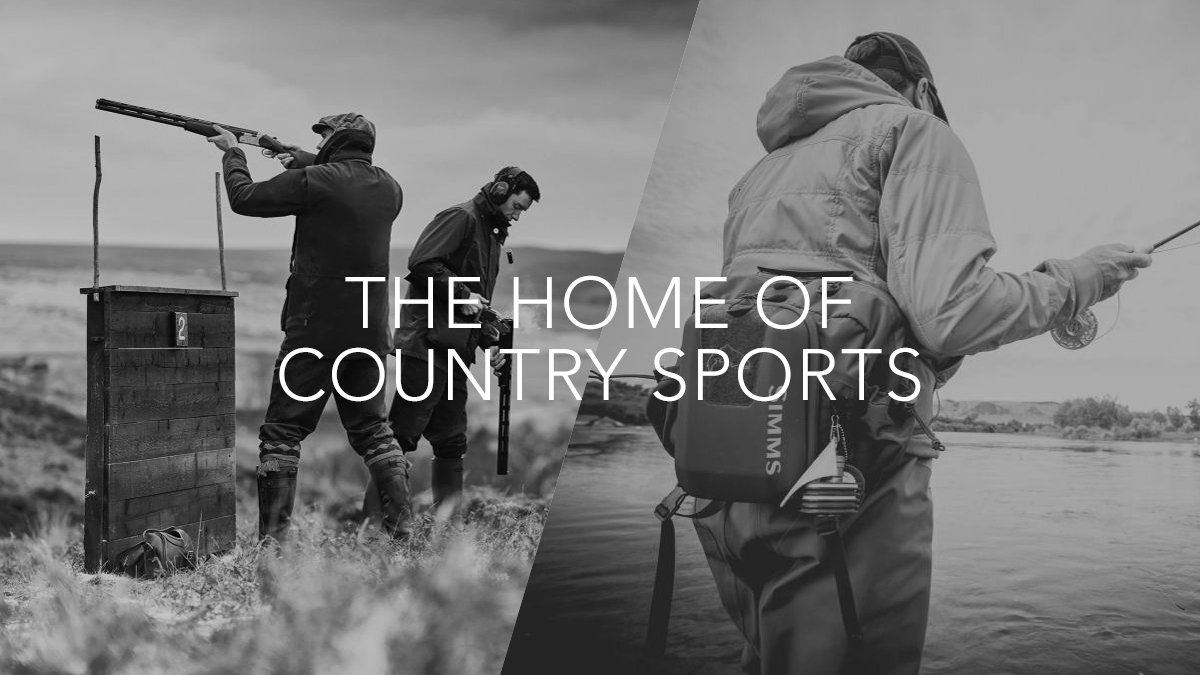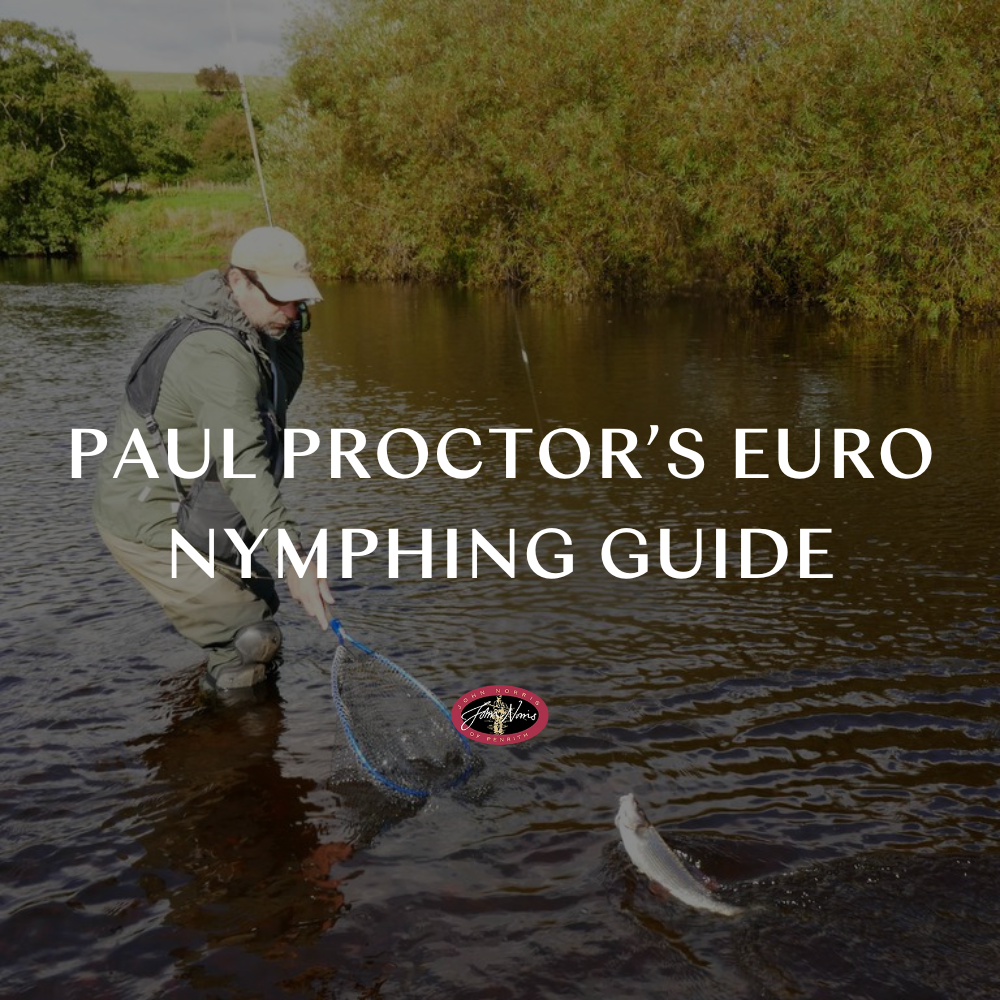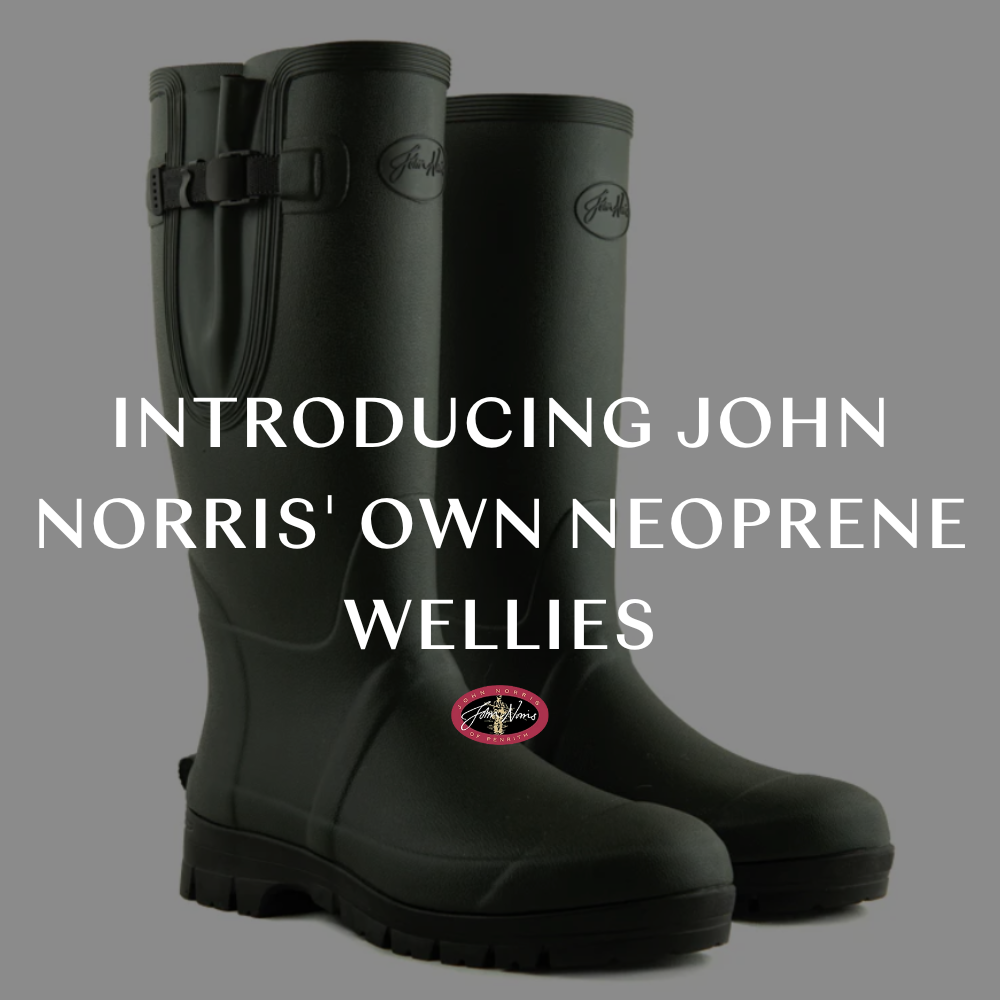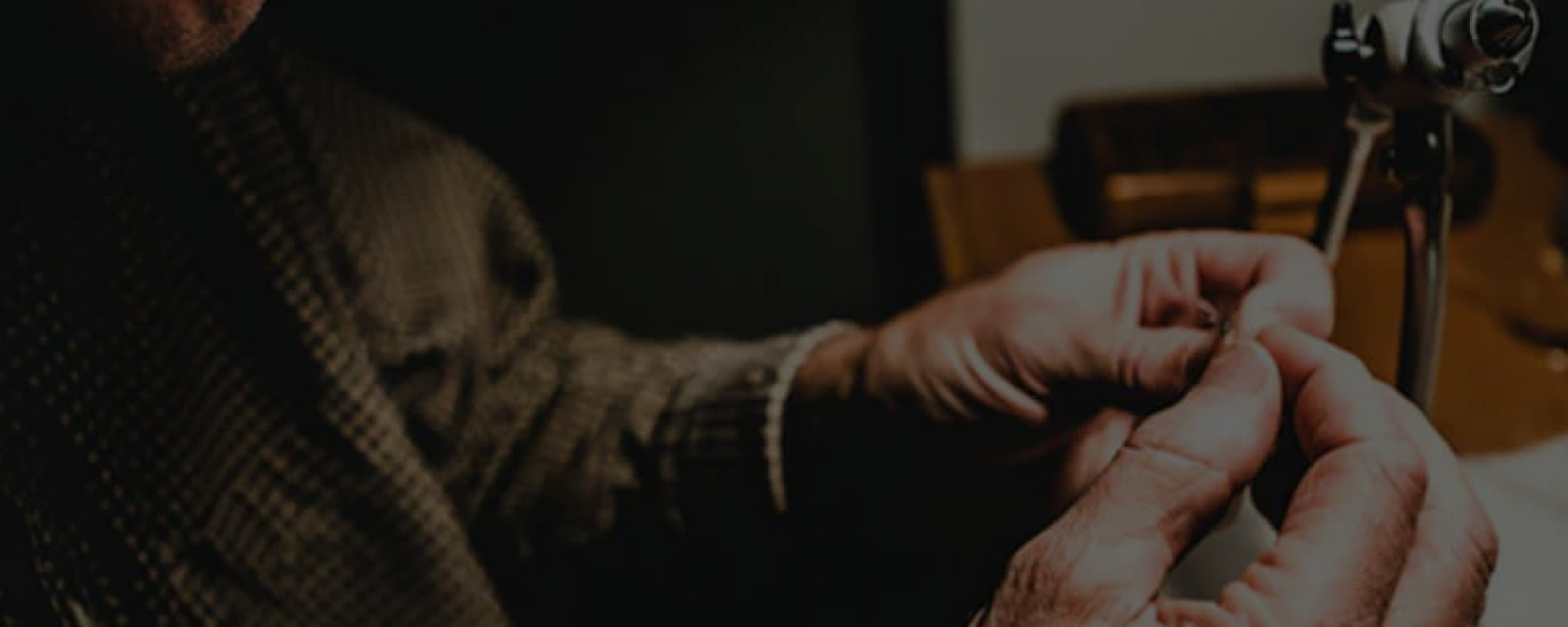Spring Salmon Fishing On The River Eden

The spring salmon season on the River Eden is certainly not for the faint of heart. Beginning on the 15th of January, when the country is still in the midst of winter, anglers brave the often freezing temperatures in order to find the first catch of the season. If you’d like to join them, the following explains everything you need to know.
About The River Eden Situated just over two thousand feet above sea level, the river Eden has a watershed of some two thousand square kilometres. It ranges from the Yorkshire Pennines to the fells of the Lake District, flowing in a northern, then westerly direction near to Carlisle and the Solway estuary. Over its one hundred and forty kilometre course, the Eden takes on board around sixty minor tributaries. Among these, the Eamont, the Lowther the Irthing, the Gelt and the Caldew are just a few. Trout and Grayling dominate the upper reaches, but it is not until the middle of the river, around the Lazonby area, that the serious salmon fishing really begins. Here you will find a steep gradient, with lots of different and interesting short pools to explore. Articles from famous trout fishers such as Lawrence Catlow and Paul Proctor have helped to portray an image of the Eden as being a small brook. Whilst this is true in some sections, particularly around the Kirkby Stephen, on the whole, the river is very deep and wide (up to 20-30 yards across in some places.)
Where is the best place to fish? The best spot to fish on the Eden is at Warwick Hall, where the river is joined by the Irthing, Caldew and Petteril. This makes it around thirty to forty five yards wide, whilst at the same time, remaining intimate and manageable. Competent casters should certainly have no difficulty. Temperature Temperature plays a vital role in Spring salmon fishing. It dictates everything from how deep and at what speed we should fish to which tackle should be used and obviously, what clothing worn. Temperature also has a large bearing on river conditions and will determine how far the salmon swim upstream.
What equipment will I need? You will need a double handed rod, of about 15 feet in length. Pair this with a large arbour reel and 150 yards of rot proof backing as well as a fast intermediate and a wet cell 2 type fly line, fitted with braided loops. The large arbor type of reel is the best choice because of its constant diameter, which means that you can guarantee accuracy in your casting. You will also need 15-20 pound breaking strain monofilament leaders of around 4-5 feet in length. Tie to this a double turle or single grinner fly, slowly wetted and tightened.
What should I wear? The first thing you will obviously need is a strong pair of fishing waders. We would recommend a 5mm neoprene pair with studs to ensure maximum grip and stability. Also recommended are a windproof fleece and a breathable, waterproof jacket to help you avoid the inevitable wet sleeves. Outside of this, a life jacket should be worn at all times and together with a wading staff, this will offer protection and peace of mind. To keep your hands warm, neoprene gloves with exposed finger and thumb will allow you to grip items with ease. By far the most important item you will need for salmon fishing is eye protection. In particularly, wrap-around sunglasses are ideal as these will offer complete protection from casting accidents.
Which flies should I use? The type of fly you should use is determined by several factors including speed, flow, depth and clarity of the river, along with its temperature. Make sure that your fishing flies are tied on sound hooks so they are not dragged off by a strong current. When fishing in deep waters, don’t make the mistake of using a fly that is too heavy. Whilst this will sink effectively, it will often fall deeper than the fish, which makes it ineffective. In colder temperatures, the fly needs to sink as near to the bottom as possible, without snagging. If the fly moves too fast through the water, then in cold water, salmon will rarely chase. The solution to this is to use a light fly such as an aluminium tube on a fast-sinking fly line.










